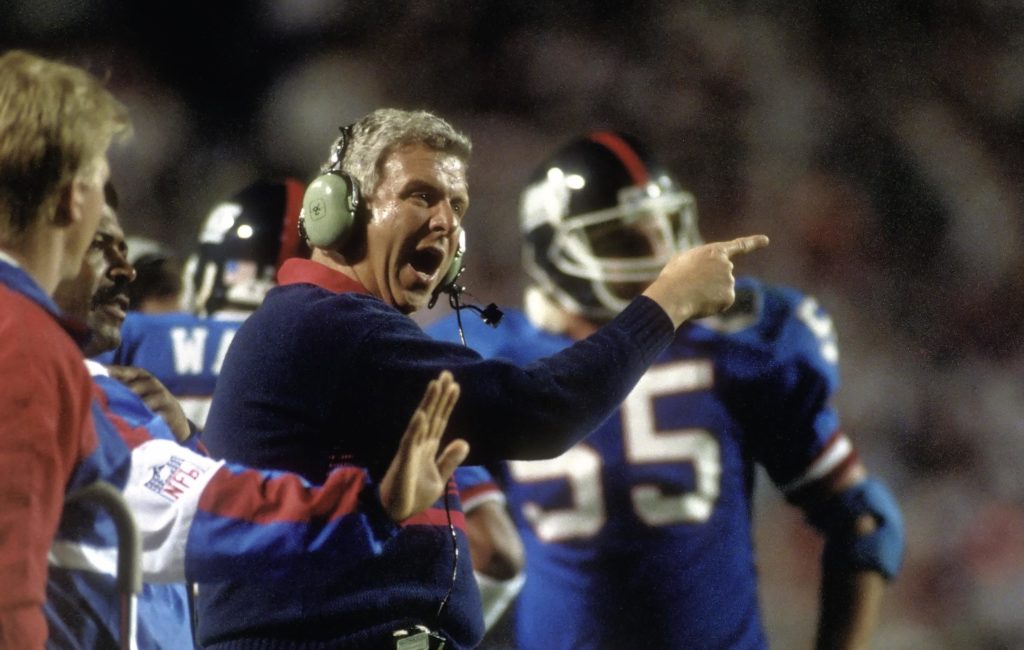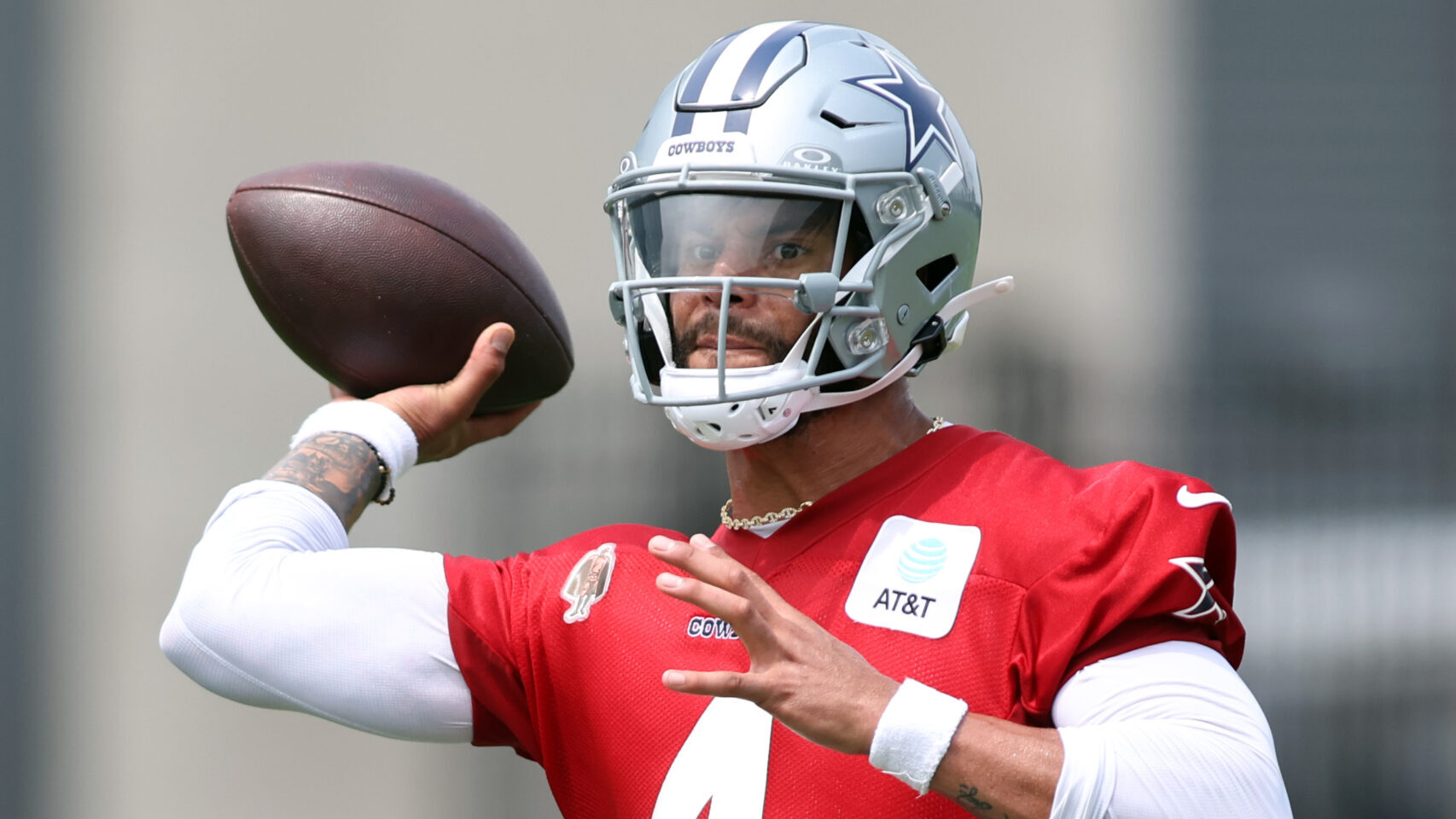Analysis
6/7/24
6 min read
'Hidden Yardage' a Difference-Maker in Close Games

Early in my coaching career, I learned a lesson, passed down from Hall of Fame coach Sid Gillman, that yardage differential usually equates to points. I call it “hidden yardage.”
My initial understanding of this concept began with a conversation with Dan Henning, who is one of my best friends in life. Henning coached the Atlanta Falcons and the San Diego Chargers, as well as Boston College. For a short time, he quarterbacked the Chargers when Gillman was their head coach. Henning and I coached together at a young age at Florida State, and that was when he talked with me about field position and yardage, which Henning learned from Gillman.
The premise is that 100 yards of field position should equate to seven points. The more I thought about it, the more I asked myself, “If this yardage is so important, where is it coming from? Let’s take the entire scope of the yardage and evaluate it.” So, I did.
To explain what I found, we’re going to start with the obvious: total offense and total defense. So, let’s say a team has 350 yards of offense in a game. According to that premise, it should have 24 points. Let’s say that same team’s defense gives up 300 total yards. Based on that premise, the opponent should have 21 points.
Now, here is how the hidden yardage affects the outcome, especially when you consider half the games are decided by seven points or less, and a quarter are decided by three points or less. People don’t look at the penalty differential or the net-punting differential. People don’t look at the average start of possession either.
Those are hidden yards, and they all equate to points.
For the sake of this exercise, we’ll say each team has 12 possessions, and Team A has an average start of possession on its own 22-yard line, while Team B has an average start of possession on its own 26. On 12 possessions, that’s a difference of roughly 50 yards.
Next, we’ll look at the penalty differential. Let’s say Team A has 40 yards in penalties, while Team B has only 20 yards in penalties. That’s another 20 yards added to Team B’s total, which brings it to 70.
Now, we’ll go to net punting. Let’s say Team A has six punts that average 35 yards, and Team B has six punts that average 38. That gives Team B 18 more yards.
Back in the day, when I was coaching the Giants, we had a year where we were very poor on net punting, averaging only 31 or 32 yards. Then, we signed a free agent from the Dolphins named Reyna Thompson, who became the best special-teams player I ever had.
Largely because of Thompson, our net punting went up almost 7 yards a punt on 70 punts, which comes to 480 yards. Divide that by 16 games, and that’s 30 yards — three first downs — a game. Using the hidden yardage premise, you’re talking about two-and-a-half points just in that one category.
We don’t count kickoffs in our calculations because they go into the average start of possession category and because kickoffs are deceiving; the more points you give up, the more yardage you have in kickoff returns. That doesn’t do you any good because you’ve given up points to get those yards.
The last category involves the most significant statistic in football — turnovers. It’s the most significant because you don’t get to punt the ball. That can be 40 yards in hidden yardage right there. Let’s assume Team B is plus-1 in turnovers and is plus roughly 50 yards in average start of possession on 12 punts.
Because of the penalty differential of 20 yards, that gives them 70. The net punting differential is only 3 yards because there are six punts, and that’s 18. Now, we’re at 88 yards and plus-1 turnover would be another 40, so we’re at 128 yards. That gives Team B a nine-and-a-half point advantage based on the hidden-yardage formula that 100 yards equal seven points. And we didn’t even count the difference in total offense and defense.
All the teams I ever coached are familiar with this hidden yardage. I would preach it to the players, and the assistant coaches would also be there to hear it. If you ask Sean Payton, “What’s the hidden yardage?” he’ll know. If you ask Mike Zimmer, he’ll know. Bill Belichick knows too.
I used to show examples to the team during the week, saying, “Okay, look what happened to this opponent just on this one play. This one turnover gave them 40 yards of field position. Those 40 yards in field position equates to points and games are often tight. So, all these different aspects that we’re talking about, when you look at them cumulatively, have a significant impact on the outcome.”
Any team I ever coached knew when we were pinned back inside our 5-yard line, where you have about a 7% or 8% chance to score, our objective was to make two first downs. So, we were generally between the 25 and the 30-yard line. That way we could punt them back to neutral field position.
Some people may not accept the 100-yards-equates-to-seven-points premise. I did. I’d say, “If you move the ball 100 yards, you probably have at least one touchdown. Right?” But, when you can go into that film room on Monday after winning a game by three or six points, it’s not just your field goal kicker that won the game. It’s the field position you had that allowed you to get those extra three points or get that extra touchdown.
You must show your team where that came from. You don’t just say, “Look, fellas, they made more yards than we did on offense.” A good coach points out, “We had a big edge in penalty differential. Our net punting was better, and we got two turnovers, and they didn’t get any, so they didn’t get to punt it twice. That’s 80 yards, and that’s almost worth a touchdown.”
With games as close as they are in the NFL, I found it very easy to embrace the value of those hidden yards.
As told to Vic Carucci







